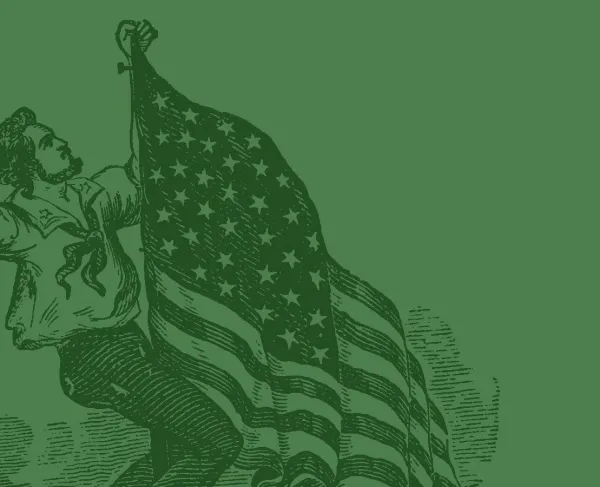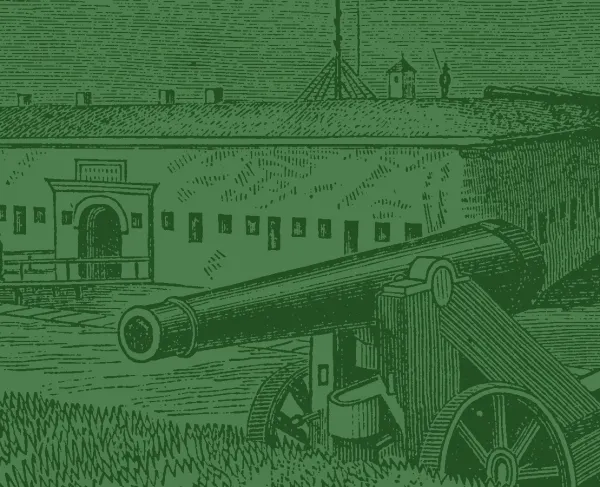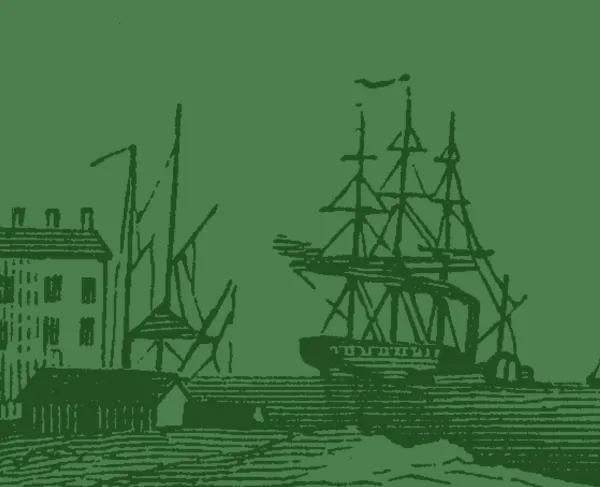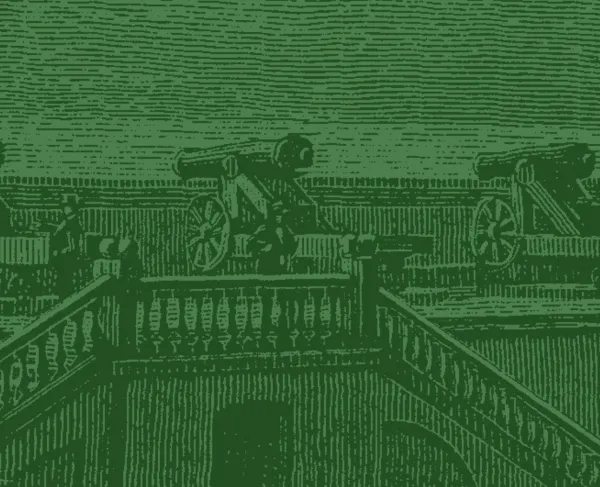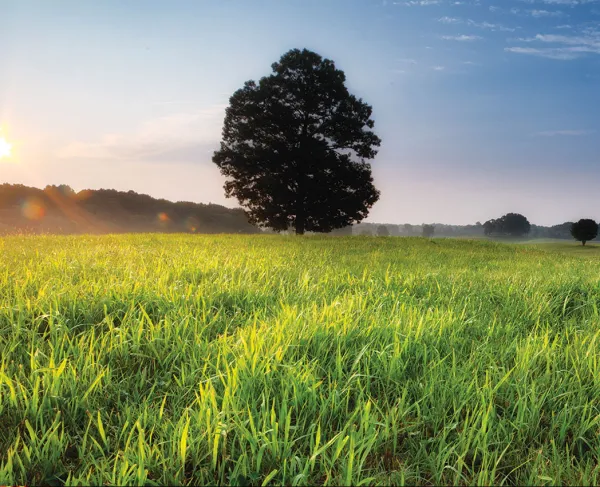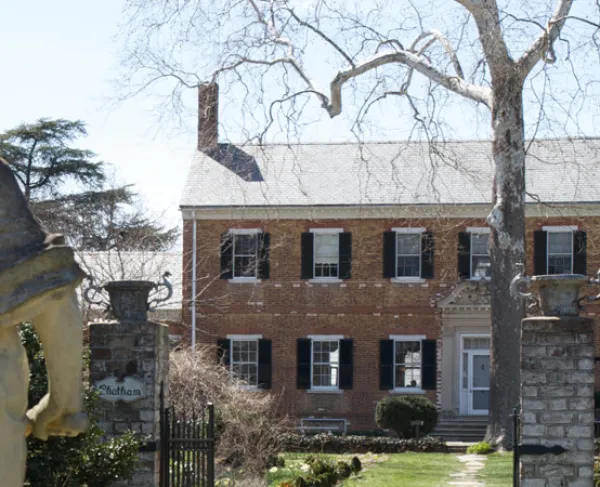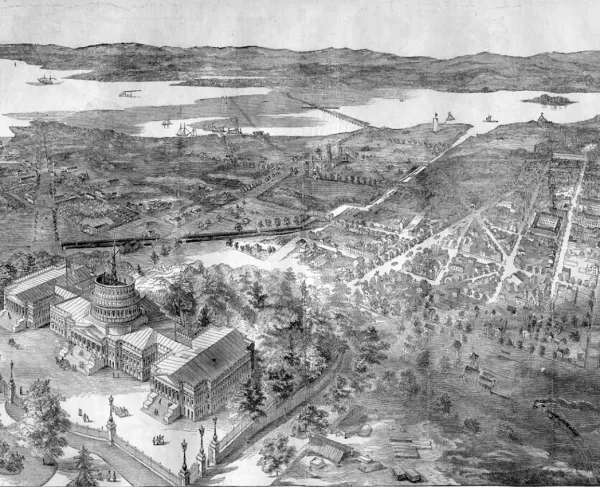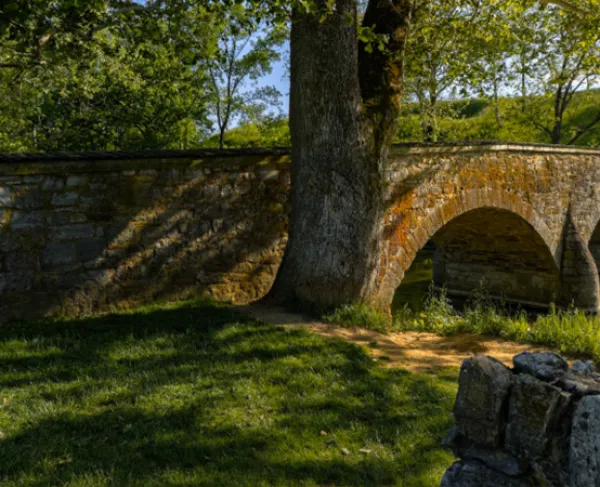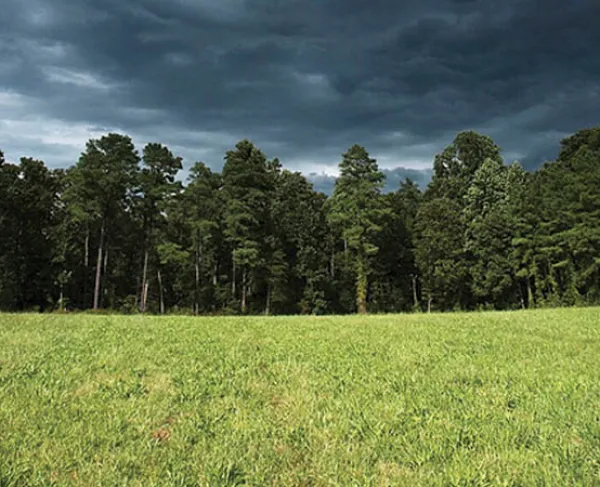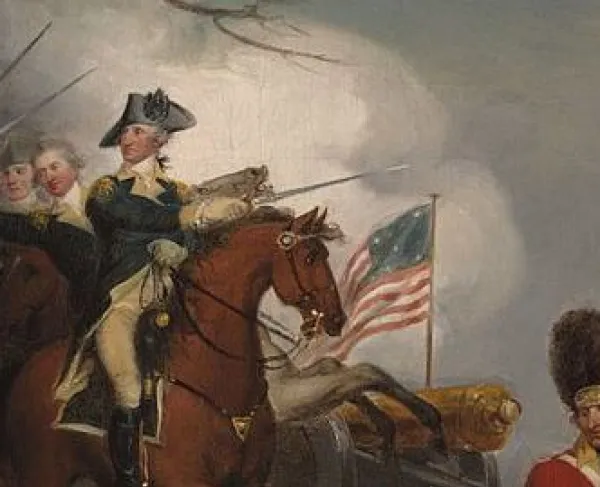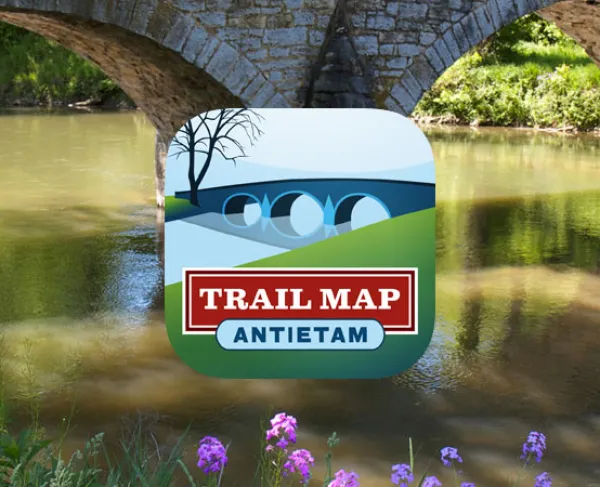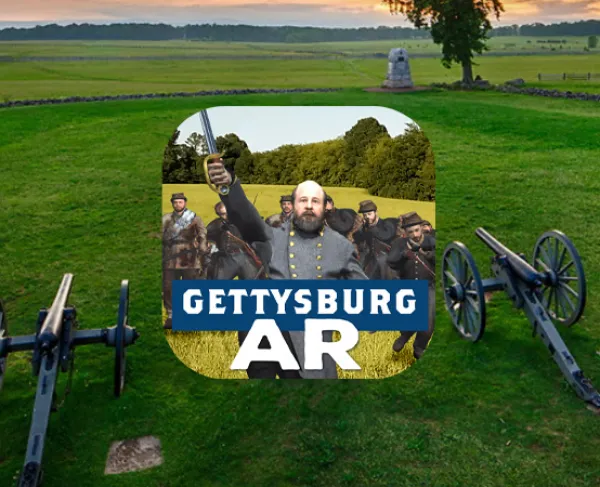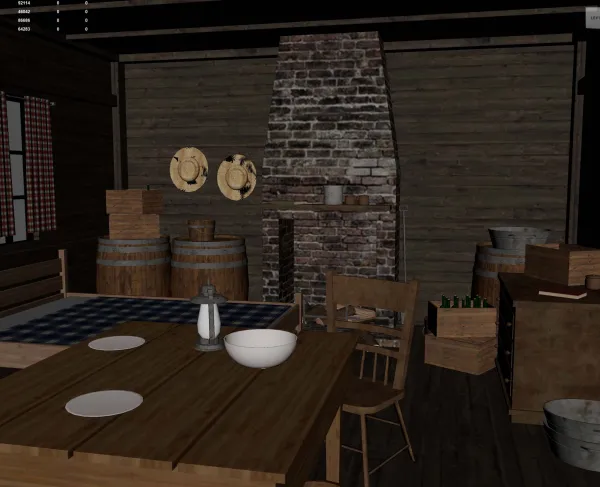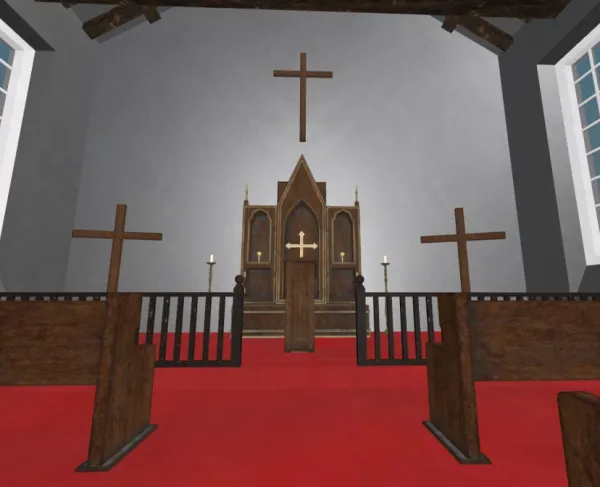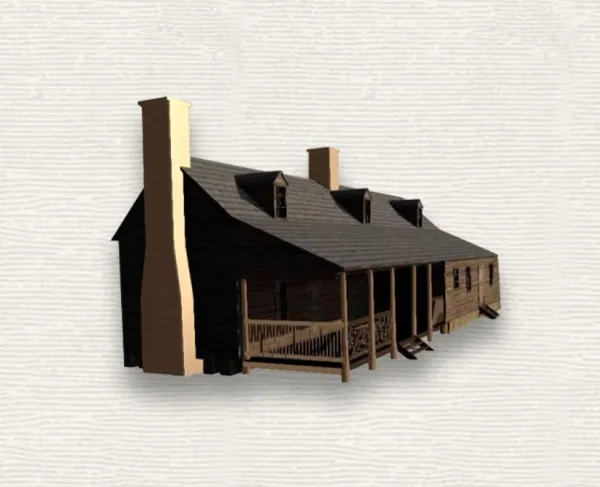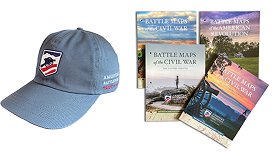Drayton Hall
South Carolina
3380 Ashley River Road
Charleston, SC 29414
United States
Drayton Hall, a historic site of the National Trust for Historic Preservation, begun in 1738 by John Drayton, stands today in contrast to many house museums, as it is preserved in "its state of survival and the purity of its condition" without modern amenities--plumbing or central air and heating--as it was received from the seventh-generation Drayton owners.
During the decades leading to the secession of South Carolina in 1860, Charles Drayton, third-generation owner of Drayton Hall, warned his son Charles, in 1833, of "the great Slave question" stirring in Europe "Already...though secret anxiety clouds our Atmosphere," it will "transfer a great bearing on these United States." This letter seves as an eerie foreshadowing of the abolitionist movement in the decades that followed.
At the dawn of the new Confederacy, the Draytons of Drayton Hall followed their native state in secession. James S. Drayton, fourth-generation joint-owner of Drayton Hall, penned these words as the smoke of Fort Sumter cleared: "Your country now calls you, arm! Arm to the teeth...Up Carolinians, Up! Up! Don't slumber no more, drive your oppressors from the true Republican Shore!" Similar words heard from countless Southern-born sons enlisting into Confederate armies, James enlisted into a company of South Carolina artillery defending Charleston. James' younger brother, Thomas M. Drayton, moved west with the continued expansion of "King Cotton" in 1859, and enlisted into a company of Texas calvary. Before Thomas joined in May of 1862, he wrote their youngest brother, Dr. John Drayton, fourth generation joint-owner, "If you go, go with a bold heart and do what you can, fight like the Devil, and if you are to be shot let it be in the front and not in back. It's no disgrace to die on the battlefield and if it so pleases God that you are to be in the number of those whose blood is to be shed for Their Country, you shed it in a Glorious Cause, but kill every Devil of a Yankee you can."
John chose not to take up arms, but served as a surgeon caring for enslaved workmen that constructed earthern fortifications used to defend Charleston. Serving as a surgeon enabled John to reside at Drayton Hall until 1865. In February 1865, the Federal forces under the command of General Schimmelfennig moved into Charleston area along the Ashley River. John feared the arrival of Federal forces and fled, as did many other Ashley River planters. During the time of Federal occupation, all but four plantation homes were burned along the river. Drayton Hall, being the only preserved home surviving today, was possibly saved by smallpox quarantine flags, plausibly posted as part of John's service as a surgeon.
In your travels to South Carolina and its Lowcountry, it is likely that you will hear other legends surrounding the survival of Drayton Hall during those closing months of the Civil War. Come to Drayton Hall to hear this story and countless others in America's oldest preserved plantation house open to the public.
